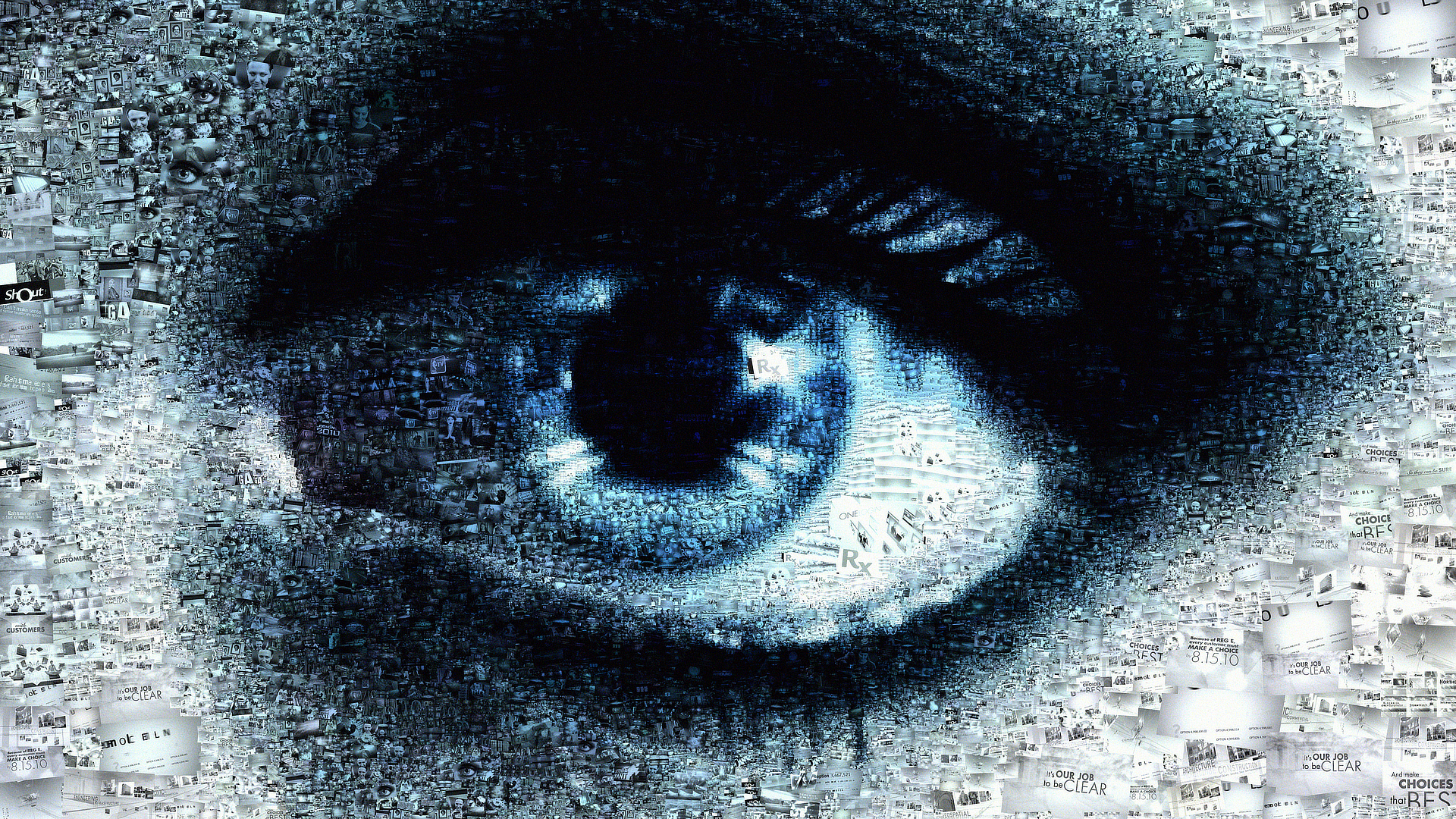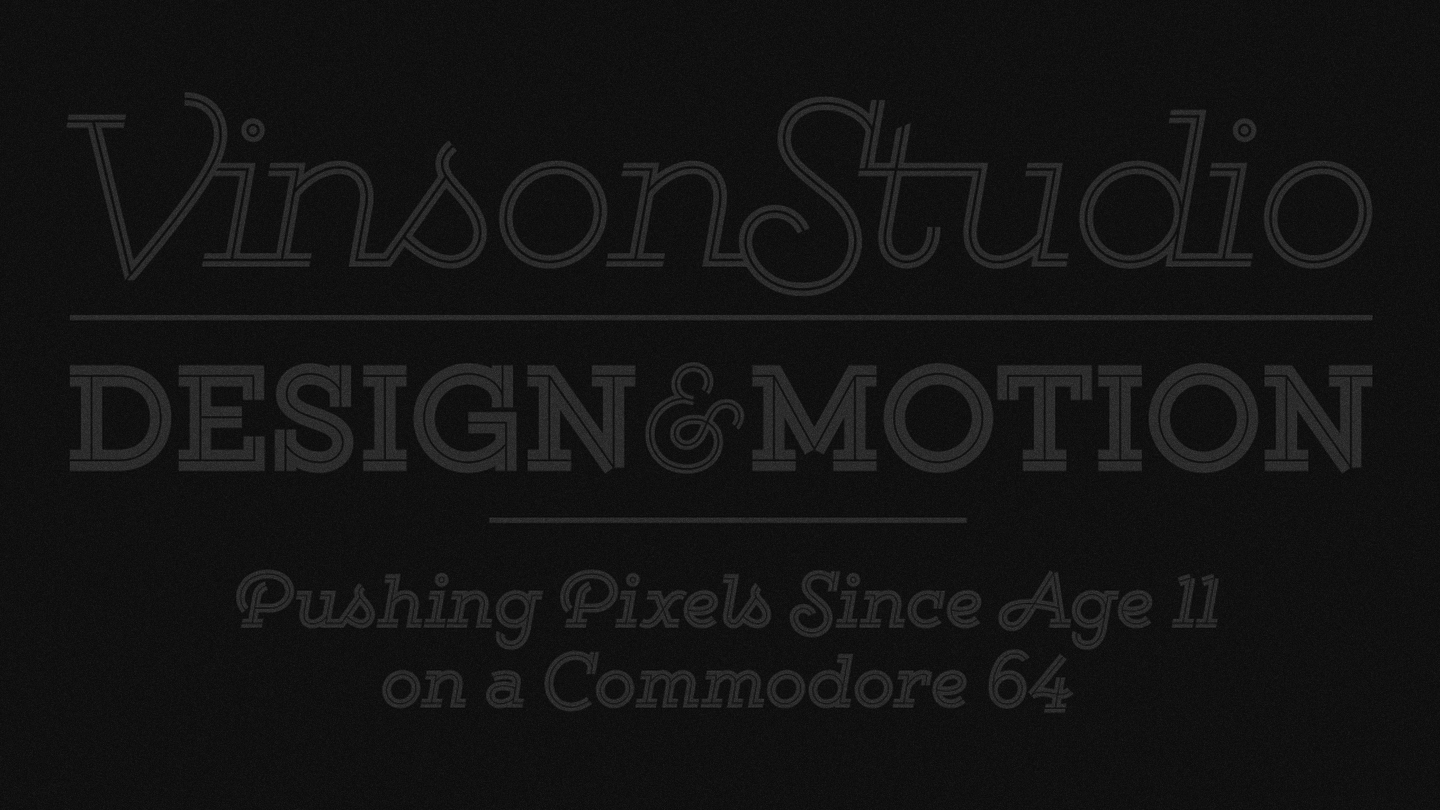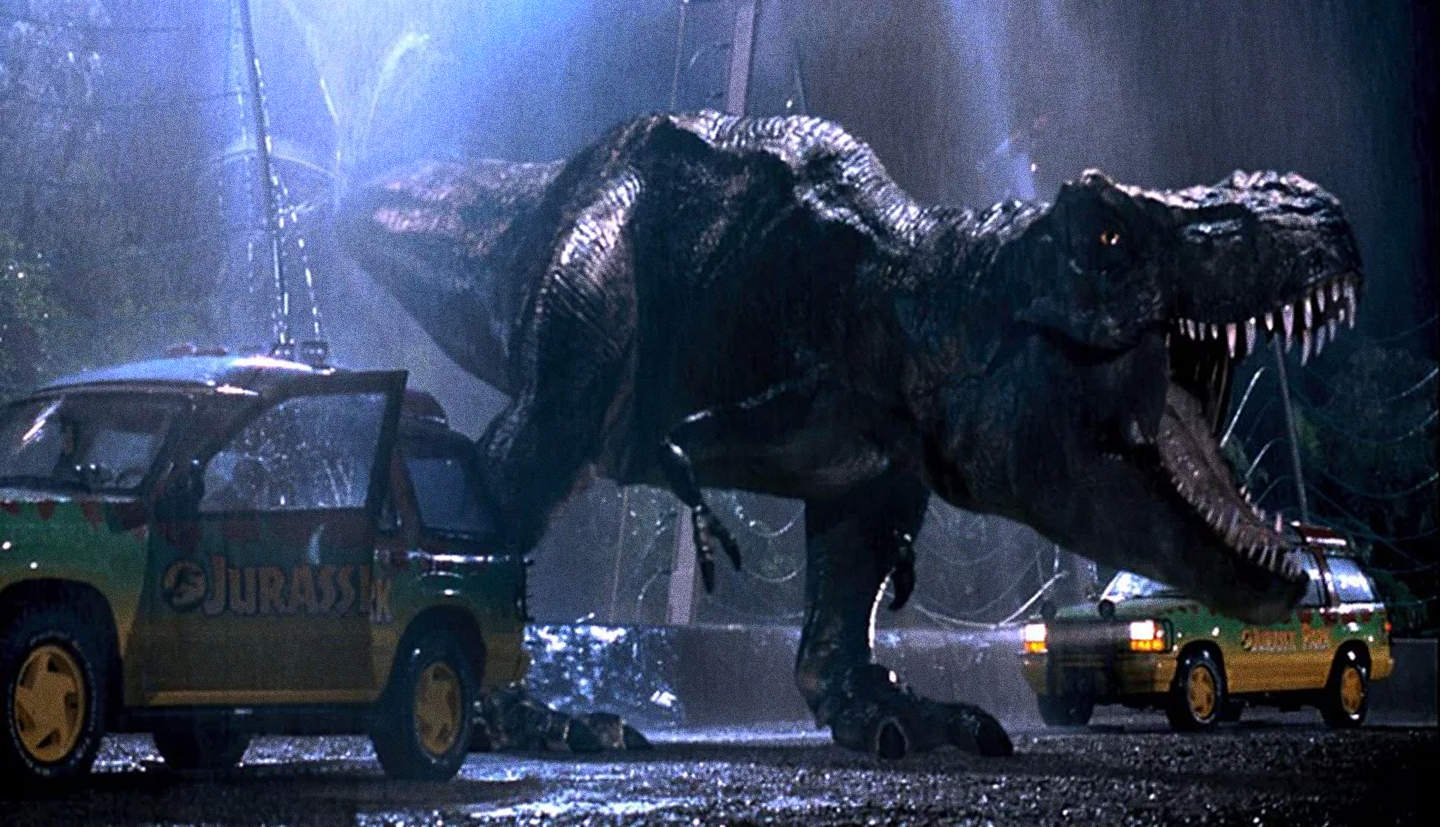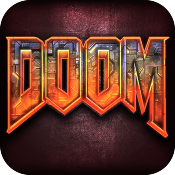Long before Adobe and Autodesk had After Effects and Flame there was the Quantel Paintbox. My first job was at The Weather Channel in the mid 90s, and I got to paint with pixels on a Quantel Harriet. The Harriet had a “Ramcorder,” the precursor to the RAM Preview, of 383 frames which allowed for realtime playback and it had a live video out direct to air which luckily I only had to use once. While I thoroughly enjoyed my time on the Paintbox, I felt constrained, held back by its shortcomings. Eventually I graduated from limitations of the Paintbox and leveled up to an SGI Indigo2 sporting Discreet Logic Flint and SoftImage 3D Extreme.
My mentor and friend, Eddie Terrill, aka E.T., at The Weather Channel told me a story about their first year with the very first Paintbox in use at a broadcast network back in the early 80s. The Weather Channel Art Department were the first Paintbox users in the United States. Their in-house art department won 26 Gold BDA awards that year. The serial number on their Paintbox was number 1. MTV was one of the other few early adopters of the Paintbox. Enjoy this article about artist David Hockney and his time “painting with light” on the Quantel Paintbox here.
When we transitioned to SGIs I asked E.T. if he could train me on Flint. He looked at me deadpan and simply said, “read the manual.” Like my overnight After Effects training I read the entire wire-bound Flint manual in one night. I jumped into the hot seat the next day with E.T. alongside me giving me his wise insights into compositing and animation on the Flint. Later that year three of us got the opportunity to visit Marshall Graphics Systems in Tennessee for SoftImage 3D Extreme training. A few years later we transitioned to Apple Macintoshes, replacing all of the legacy SGI hardware with much less expensive gear with our own “Rebel Mac Unit” quite similar to Industrial Light & Magic’s own Mac group.
























